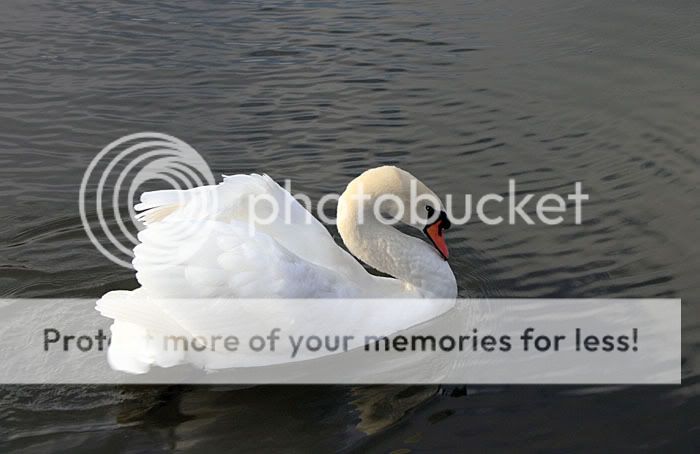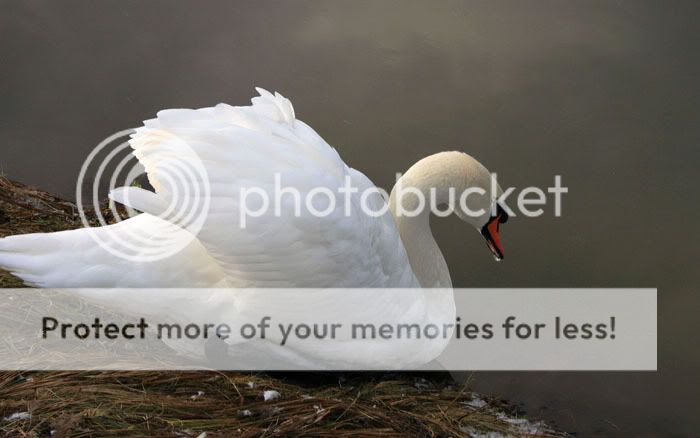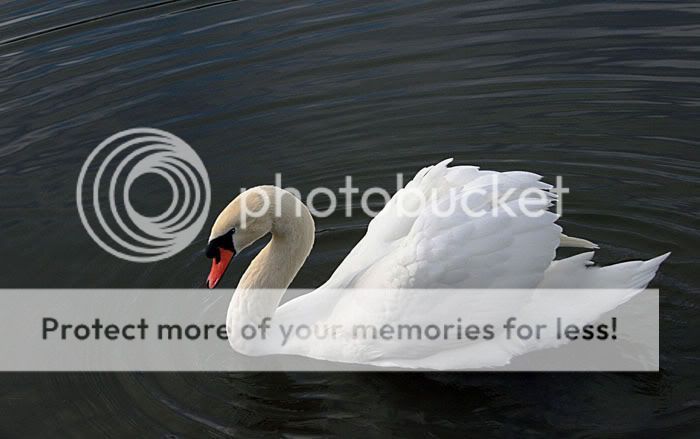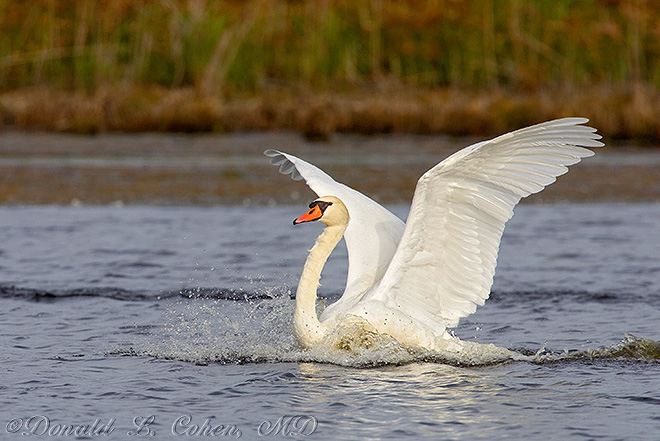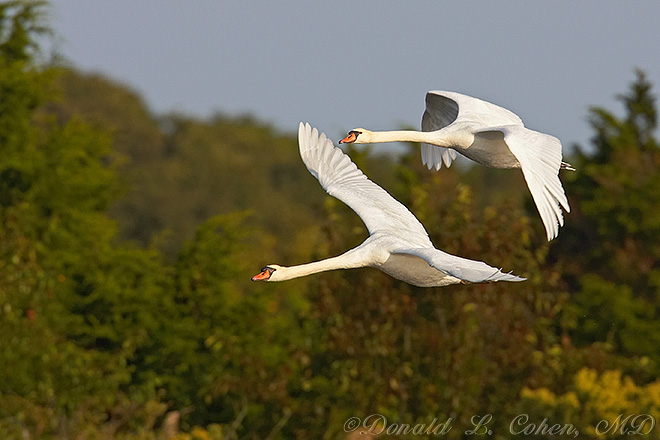Holly Cawfield
New member
I think my biggest thrill when I first got the dslr was the end of shutter lag. To finally be able to capture a 'moving target', most notably the youngest member of the family who is 18 months old and a perpetual motion machine, has been one of the happiest consequences of this camera. This swan, who moves considerably slower than the toddler, was taken shortly after I got the camera and I'd been advised to start at "P" and work my way up through the creative modes. Small steps indeed. 
In the respect that I was able to get this angle of the swan, I'm pleased. However, there are clearly places on his feathers where the highlights have been lost. He's an affable creature who lives on the farmpond of an apparently equally affable farmer so I'll be able to go back once there's a bit of a thaw and re-try this. Do you have any advice how on to avoid this light-on-white issue?
With thanks,
Holly
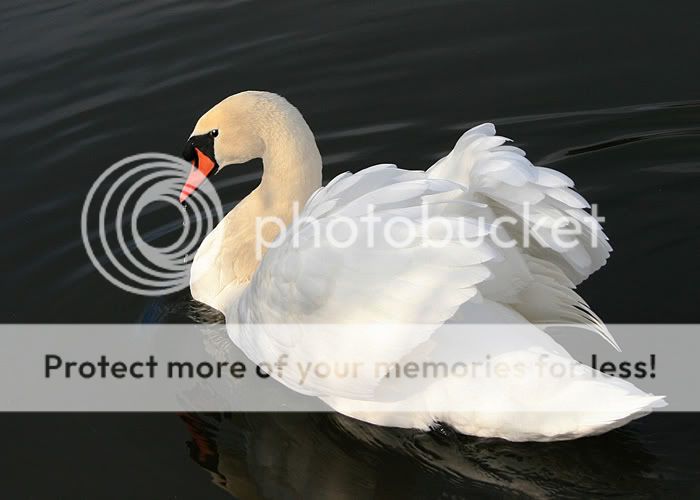
In the respect that I was able to get this angle of the swan, I'm pleased. However, there are clearly places on his feathers where the highlights have been lost. He's an affable creature who lives on the farmpond of an apparently equally affable farmer so I'll be able to go back once there's a bit of a thaw and re-try this. Do you have any advice how on to avoid this light-on-white issue?
With thanks,
Holly



